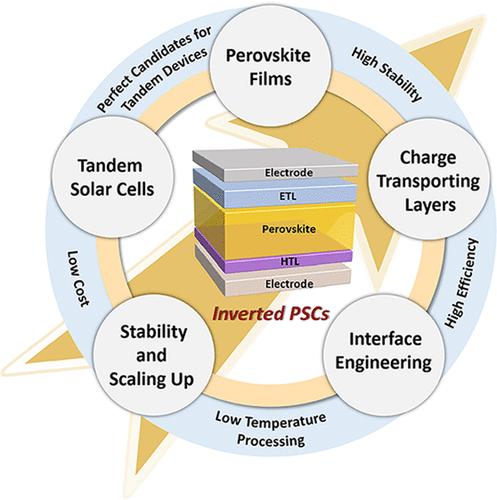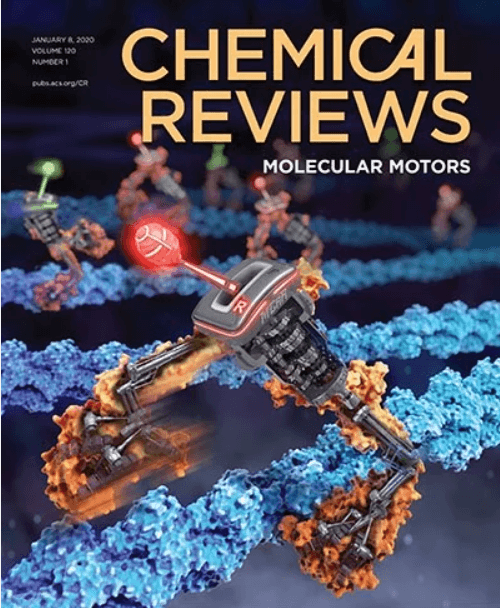The Promise and Challenges of Inverted Perovskite Solar Cells
IF 51.4
1区 化学
Q1 CHEMISTRY, MULTIDISCIPLINARY
引用次数: 0
Abstract
Recently, there has been an extensive focus on inverted perovskite solar cells (PSCs) with a p-i-n architecture due to their attractive advantages, such as exceptional stability, high efficiency, low cost, low-temperature processing, and compatibility with tandem architectures, leading to a surge in their development. Single-junction and perovskite-silicon tandem solar cells (TSCs) with an inverted architecture have achieved certified PCEs of 26.15% and 33.9% respectively, showing great promise for commercial applications. To expedite real-world applications, it is crucial to investigate the key challenges for further performance enhancement. We first introduce representative methods, such as composition engineering, additive engineering, solvent engineering, processing engineering, innovation of charge transporting layers, and interface engineering, for fabricating high-efficiency and stable inverted PSCs. We then delve into the reasons behind the excellent stability of inverted PSCs. Subsequently, we review recent advances in TSCs with inverted PSCs, including perovskite-Si TSCs, all-perovskite TSCs, and perovskite-organic TSCs. To achieve final commercial deployment, we present efforts related to scaling up, harvesting indoor light, economic assessment, and reducing environmental impacts. Lastly, we discuss the potential and challenges of inverted PSCs in the future.

反相包晶石太阳能电池的前景与挑战
最近,具有 pi-i-n 结构的倒置型过氧化物晶体太阳能电池(PSCs)因其极具吸引力的优势(如超强稳定性、高效率、低成本、低温加工以及与串联结构的兼容性)而受到广泛关注,从而引发了开发热潮。采用反向结构的单结和过氧化物硅串联太阳能电池(TSC)已分别达到 26.15% 和 33.9% 的认证 PCE,显示出商业应用的巨大前景。为了加快实际应用,研究进一步提高性能的关键挑战至关重要。我们首先介绍了制造高效稳定倒置式 PSC 的代表性方法,如成分工程、添加剂工程、溶剂工程、加工工程、电荷传输层创新和界面工程。然后,我们深入探讨了倒置式 PSCs 具有出色稳定性的原因。随后,我们回顾了具有倒置 PSC 的 TSC 的最新进展,包括包晶石-硅 TSC、全包晶石 TSC 和包晶石-有机 TSC。为了实现最终的商业部署,我们介绍了与扩大规模、室内光收集、经济评估和减少环境影响有关的工作。最后,我们讨论了倒置式 PSCs 未来的潜力和挑战。
本文章由计算机程序翻译,如有差异,请以英文原文为准。
求助全文
约1分钟内获得全文
求助全文
来源期刊

Chemical Reviews
化学-化学综合
CiteScore
106.00
自引率
1.10%
发文量
278
审稿时长
4.3 months
期刊介绍:
Chemical Reviews is a highly regarded and highest-ranked journal covering the general topic of chemistry. Its mission is to provide comprehensive, authoritative, critical, and readable reviews of important recent research in organic, inorganic, physical, analytical, theoretical, and biological chemistry.
Since 1985, Chemical Reviews has also published periodic thematic issues that focus on a single theme or direction of emerging research.
 求助内容:
求助内容: 应助结果提醒方式:
应助结果提醒方式:


